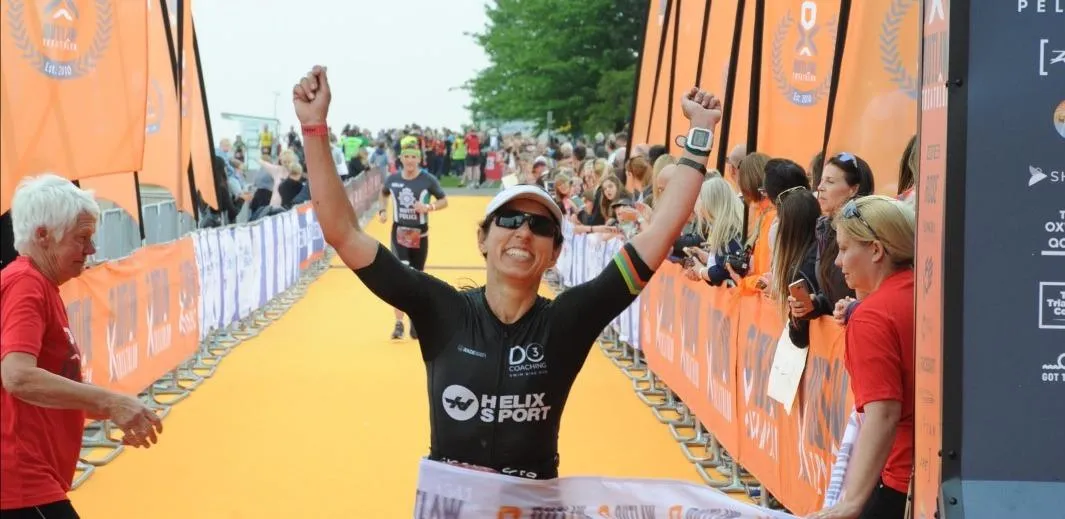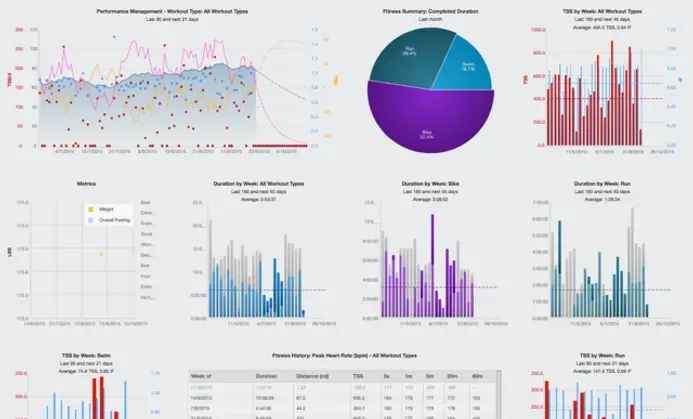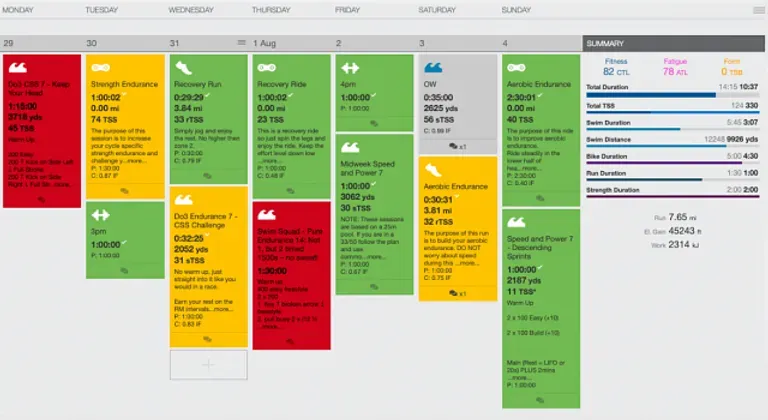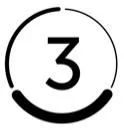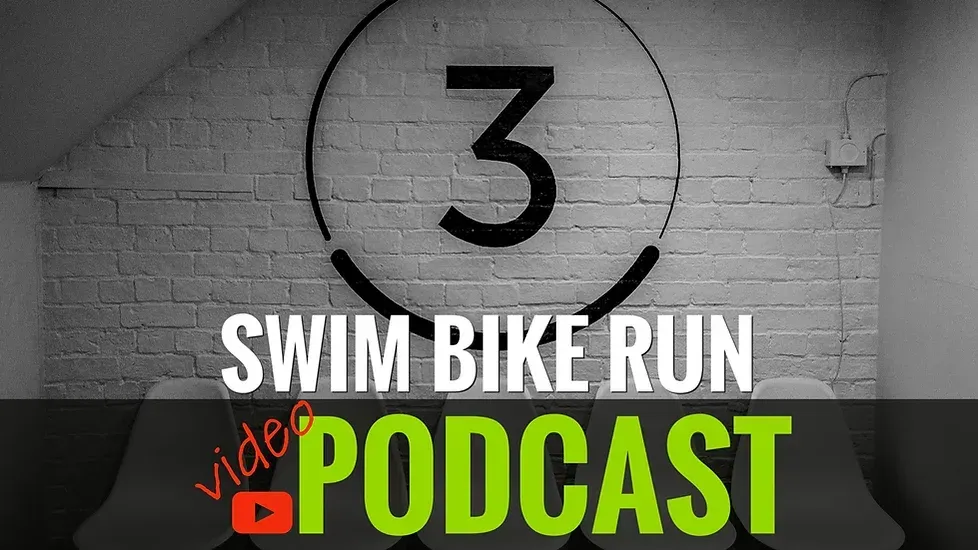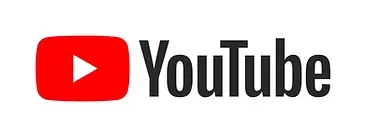How to set swim, bike and run goals (and stick to them!)
I am writing this on New Years Day, which for me is the perfect day to start with new or improved goals. It draws a line and gives a perfect 'reset' opportunity. You don't have to wait until the New Year to set goals however, they can be set any time but having a key start date helps to define the goal(s) and give focus.
For many years, the acronym SMART has been used to aid goal setting as it covers the main elements that are vital for maximising the chances of success.
Specific - Goals should not be vague like 'to improve' or 'to finish a race'. You need something defined and specific to work towards, such as 'to run 5k in under xx minutes' or 'to complete xx race'. Goals should be genuinely something you are 'fired up' to achieve. The prospect of achieving them should excite you because anything less than this is unlikely to motivate you enough to keep going when you feel like quitting (which you will at times).
Measurable - How will you know if you have achieved your goal? Again, this needs to be clear. Setting specific goals will help you measure whether you are successful i.e. did you run 5k in under xx minutes? You need to measure key points along the way too, as this keeps focus and motivation levels high. These could be sub-goals on the way to the main goal. For example, if your goal is to run a marathon or complete an Ironman, then sub goals could be to complete a 10k or standard distance triathlon at appropriate times in your training.
Achievable - It is vital that your goal is achievable within your timescale otherwise you are setting yourself up to fail. Some goals take many years to reach so you may need to set short, medium and long-term goals. For example, if you are a triathlete who wants to qualify for the World Championships, don't set this as a target in your first year in the sport! You may well get there, but maybe set that as a 3-5 year goal with this goal for this year being to get top-10 in your age-group in your key race. You are better to continually hit smaller goals on the way to your long-term goal, rather than constantly fail and become demoralised.
Realistic - It's important that you are realistic with yourself about how much you can commit to achieving your goal. A goal of running a 40 minute 10K may be achievable within your timescale if you can train for 20hours per week for example. However, if you can only train for say 6 hours per week, your goal is unlikely to be achieved and therefore unrealistic. Be true to yourself and don't set yourself up to fail. You can adjust and set new, improved goals along the way if needs be.
Timescale - This gives the goal an end point and definition. Without a timescale, goals become weak and non-specific. The timescale you set yourself should should allow the goal to be achievable. Timescales shouldn't be too long as it is difficult to motivate yourself to aim for goals too far into the future. If you have long-term goals, thats fine but make sure you have shorter-term goals that run alongside them. These shorter term goals are the ones that motivate you from day to day.
Race and Performance Goals
Not all goals need to be focussed onto specific races like completing a middle distance triathlon in less than 6 hours for example. Some may be focussed on achieving a certain performance outcome. Examples of this would be to achieve a 20 minute average power of 200 watts by 1st May, or to be able to swim 400 metres in less than 8 minutes.
Race goals and performance goals can sit neatly alongside each other. With the performance goals becoming sub-goals that will take you to the overall race goal. When talking to our own coached athletes, discussing performance and race goals is a vital part of the process. As coaches, it's our job to help shape these goals and maximise the chances of the athlete being successful in hitting their (realistic) objectives.
Examples
Here are some examples of short, medium and long term goals. In this example I am using a female triathlete who has a reasonable level of experience.
Long Term Goal
Medium Term Goal(s)
To finish in the top-6 of her age group at Outlaw middle distance triathlon event on 'x' date (early next season)
To finish in the top-10 of her age group at On The Edge middle distance triathlon event on 'x' date (this season coming)
Short Term Goal(s)
SWIM: To swim 1900m in 35 minutes by 1st August this year
SWIM: To bring CSS (critical swim speed) down to 01:45 per 100m by 1st July this year
BIKE: To average 180 watts for a 50 mile ride by July this year
BIKE: To average 220 watts for a maximum 20 minute effort by June this year
RUN: To complete a parkrun within 24 minutes by August this year
RUN: To run a half marathon under 1hr 45mins by October this year
The specific goals you set should be individual to you. Focus especially on your areas of weakness. DO NOT ignore your weaknesses - the things you are weakest at are usually the things you need to work on!
Other related goals
In order to keep this article short, I have focussed on race and performance goals. Of course, you can set many more goals that target all areas of your health (and life!). Examples may be to get 8 hours of sleep per night for the next 30 days (tough for most to achieve!), read a book for 30 mins before bedtime for 5 days out of every 7.
Clearly record your goals
It's important that you keep your goals clear and 'in view' so they keep you focussed. Write them down and put them where you will see them every day. These goals should be what drive you on a day to day basis. Put the goals in your training plan (if you don't have one, get one!), print them out and put them in your book as your bookmark, put them on your desk at work and look at them every single day.
Review and adjust
You need to constantly review your goals and adjust them. Hopefully you'll be hitting performance goals and ticking off race goals as you go. If you are, WELL DONE! It's the name of the game and you should be proud of your achievements. If you are constantly failing to hit your goals, it's likely you have set them so they are unrealistic. Be honest with yourself, park your ego, adjust and start to move ahead with positivity.
Start today!
The sooner you set your goals, the sooner you can start to make progress towards your goals. The key to success is consistency. Constantly ticking off your goals will make you feel great, boost your confidence and keep your motivation sky-high!
Click to download our free goal setting sheet

